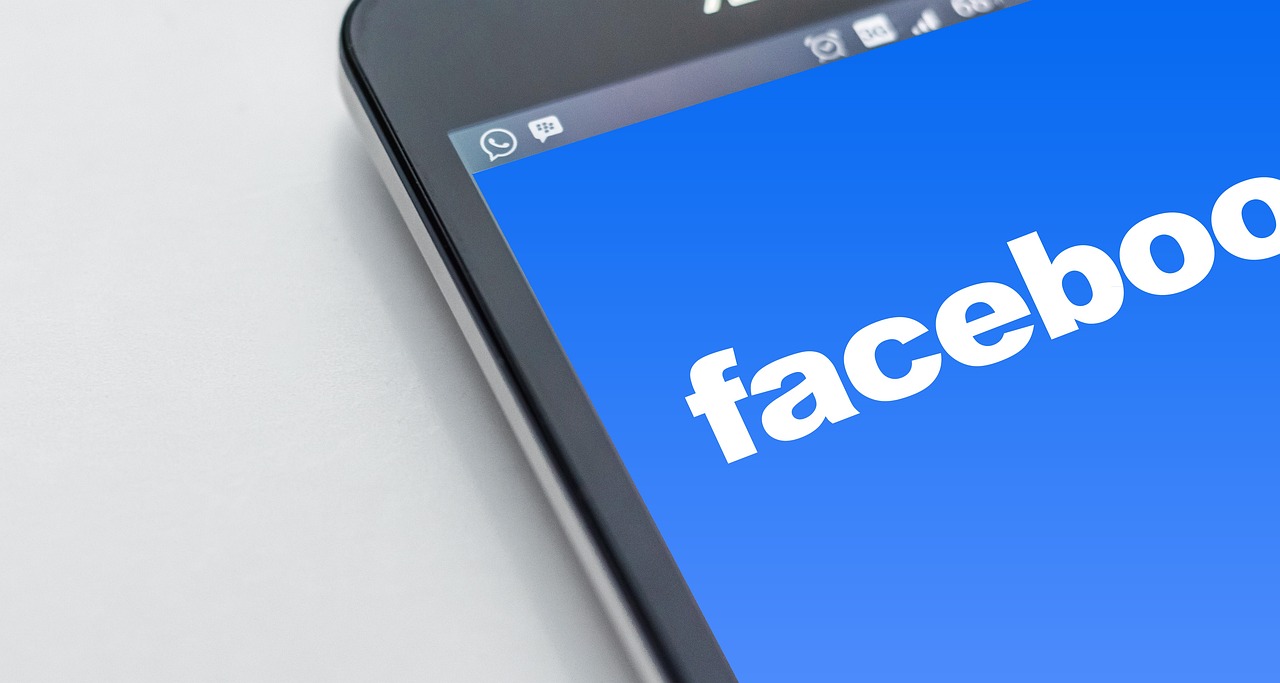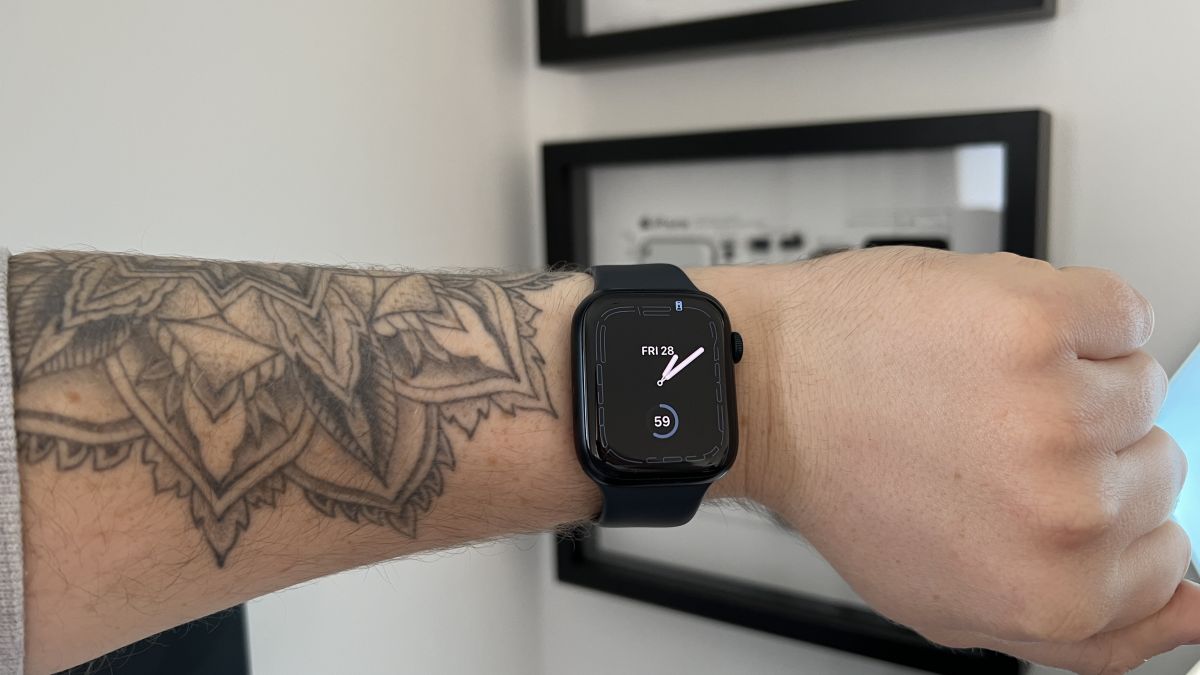The new app is called watchGPT and as I tipped off already, it gives you access to ChatGPT from your Apple Watch. Now the $10,000 question (or more accurately the $3.99 question, as that is the one-time cost of the app) is why having ChatGPT on your wrist is remotely necessary, so let’s dive into what exactly the app can do.
NEWS
Bustle CEO Bryan Goldberg explains his plans for taking the company public


Bustle Digital Group — owner of Bustle, Inverse, Input, Mic and other titles — could eventually join the ranks of startups going public via a special purpose acquisition company (SPAC).
During an interview about the state of BDG and the digital media industry at the end of 2020, founder and CEO Bryan Goldberg laid out ambitious goals for the next few years.
“Where do I want to see the company in three years? I want to see three things: I want to be public, I want to see us driving a lot of profits and I want it to be a lot bigger, because we’ve consolidated a lot of other publications,” he said.
He added that those goals connect, because by going public, BDG can raise “hundreds of millions dollars,” which Goldberg wants to use to “buy a lot of media companies.”
That might seem like bluster after a year in which many digital media companies (including BDG) had to make serious cuts. But Goldberg said that the company would be profitable in 2020, with revenue that’s “a little bit under $100 million.” And it won’t be the first digital media company to take a similar route — Group Nine created a SPAC that went public last week.
“I want to prove that we can be highly profitable,” he said. “A lot of startups don’t have that goal. A lot of VCs tell their startups: Don’t worry about profits, don’t worry about losing money. I don’t believe in that.”
In addition to his plans to go public, Goldberg also discussed how acquisitions have helped Bustle’s business, his joint venture to purchase W Magazine and digital media’s “overcapitalization” problem. You can read our full conversation, edited for length and clarity, below.
TechCrunch: The last time I caught up with someone at BDG, it was with [the company’s president Jason Wagenheim] and that was when you guys were dealing with the initial fallout [from the pandemic]. Now we’re a lot further into whatever this new world is, so what is your sense of where BDG is now, versus where it was in the early days of the pandemic?
Bryan Goldberg: It might be the craziest, most eventful six months for many of us in our lives. And certainly, for those of us in this industry, the difference between April and October, it’s really hard to fathom, it’s complete night and day. April was a very frightening time for everyone, personally and professionally across the country, across the world.
From an advertising standpoint, it was a really scary time, because we have clients across every industry, and every industry was impacted differently. We have clients who were greatly impacted — theme parks, car makers, hotel companies, airlines — and then we had clients who were not as badly affected, such as a lot of CPG clients, who everybody depended upon so much during the pandemic.
There was a huge pause in our business in in March, April and May. For a lot of clients, tossing advertising was a sort of knee-jerk reaction to the sudden shock of COVID, and so we saw a huge negative impact in our second quarter. What we started to see in the third quarter, and especially now in the fourth quarter, is now that the shock of COVID is behind us, the macro trends that were catalyzed by COVID are now moving into the forefront.
The story of media is no longer about the shock of COVID. The story of media is now about all of the changes to our world, and changes to our industry that were brought about as a consequence of COVID.
The good news for our company, and the good news for other digital media companies, is it looks like the future is being accelerated. It looks like people are watching less television, and so advertisers are moving their budgets into digital faster than they would have had it not been for COVID. Even things like live sports, [their] TV ratings are way down. And a lot of advertisers are saying, “Is there efficacy anymore in cable television or broadcast television?” And the magazine industry was heavily impaired, simply because magazines are a physical medium, and people didn’t want to pass around magazines or read magazines at the dentist’s office, so we probably saw some print budget move into digital as well.
Industry analysts now are going to take up their estimates of what digital revenue is going to look like in 2021, 2022 and beyond. I also think we’ve seen a world in which a lot of brand advertisers are starting to think about what happens when they start to spend beyond Facebook and Google. For most of the last three years, there’s been so much talk about the duopoly, the idea that Facebook and Google are going to eat almost every last dollar of advertising. What we’ve seen in the last three months is advertisers saying that this needs to be the moment in which they learn how to deploy advertising spend digitally beyond Facebook or Google.
No, it doesn’t mean they’re all pulling out of Facebook — Facebook and Google are doing just fine. But there are still tens of billions of dollars that need to be deployed outside of Facebook and Google. And you’re seeing winners such as Snapchat, Pinterest. Both had incredibly strong earnings. They’re benefiting from the same thing that benefits Bustle Digital Group and a lot of other digital media players who aren’t Facebook and Google, which is you’re seeing big ad spenders finally deciding that now’s the time to find other ways to deploy advertising spend.
I think those are the two big trends: Dollars moving to digital out of TV faster than we thought, and major advertisers using now as a time to find other channels beyond Facebook and Google.
So when you look at how that is impacting Bustle’s business, has it returned to pre-COVID levels?
For us, when we reflect upon the year 2020, we see that we had a great first quarter, we see that we’re having an incredible fourth quarter, and we have a big, epic crater in the second and third quarters. So when we look at the year, we basically have to say to ourselves, if it were not for that crater in the second and third quarters, what would this year have looked like? We would have had revenue well in excess of $100 million. Now, we’re gonna have revenue a little bit under $100 million.
But when we think about how we prepare for 2021 and set goals for 2021, we have to set goals for 2021 as though COVID had never happened, we have to set goals for 2021 without using Q2 and Q3 as a sort of excuse for lowering expectations. Because the fourth quarter, the quarter we’re currently in, has exceeded our wildest expectations.
People sort of sat up and took notice of the company because you had a pretty aggressive acquisition strategy. I imagine that strategy had to change a little bit in 2020. To what extent do you feel that ambition is something that you can pick up again?
So to be clear, not only do we feel great about our strategy, our strategy was critical in helping our company survive and ultimately thrive in the wake of the virus. You know, we made two acquisitions [in 2019] — in the science and technology category, we bought Inverse, which is a science and technology publication, and then Josh Topolsky launched a tech-and-gadget publication for us called Input Magazine that’s growing very quickly.
It’s critical that we had that strategy, because no single advertiser category has performed better for us in 2020 than tech — we more than tripled our revenue from technology clients this year, because technology has thrived through COVID. Had we not had an acquisition strategy, had we not diversified into tech media publishing, we certainly would not have had the outcome we had in 2020. That’s just the reality.
Categories like beauty, fashion, retail were very hard hit. Those have traditionally been our bread and butter, and they’re going to be great again, in 2021. But this spring, beauty companies weren’t doing so well, because people weren’t leaving the house. So the strategy worked, in part, because we diversified the categories in which we created content, which allowed us to diversify the advertiser base. And we’re gonna continue full speed ahead in 2021.
Now, you know, we did six acquisitions in 2019. I don’t know if we’ll do six acquisitions in 2021. But I want to do a lot more than one acquisition in 2021.
Facebook Faces Yet Another Outage: Platform Encounters Technical Issues Again

Uppdated: It seems that today’s issues with Facebook haven’t affected as many users as the last time. A smaller group of people appears to be impacted this time around, which is a relief compared to the larger incident before. Nevertheless, it’s still frustrating for those affected, and hopefully, the issues will be resolved soon by the Facebook team.
Facebook had another problem today (March 20, 2024). According to Downdetector, a website that shows when other websites are not working, many people had trouble using Facebook.
This isn’t the first time Facebook has had issues. Just a little while ago, there was another problem that stopped people from using the site. Today, when people tried to use Facebook, it didn’t work like it should. People couldn’t see their friends’ posts, and sometimes the website wouldn’t even load.
Downdetector, which watches out for problems on websites, showed that lots of people were having trouble with Facebook. People from all over the world said they couldn’t use the site, and they were not happy about it.
When websites like Facebook have problems, it affects a lot of people. It’s not just about not being able to see posts or chat with friends. It can also impact businesses that use Facebook to reach customers.
Since Facebook owns Messenger and Instagram, the problems with Facebook also meant that people had trouble using these apps. It made the situation even more frustrating for many users, who rely on these apps to stay connected with others.
During this recent problem, one thing is obvious: the internet is always changing, and even big websites like Facebook can have problems. While people wait for Facebook to fix the issue, it shows us how easily things online can go wrong. It’s a good reminder that we should have backup plans for staying connected online, just in case something like this happens again.
NEWS
We asked ChatGPT what will be Google (GOOG) stock price for 2030

Investors who have invested in Alphabet Inc. (NASDAQ: GOOG) stock have reaped significant benefits from the company’s robust financial performance over the last five years. Google’s dominance in the online advertising market has been a key driver of the company’s consistent revenue growth and impressive profit margins.
In addition, Google has expanded its operations into related fields such as cloud computing and artificial intelligence. These areas show great promise as future growth drivers, making them increasingly attractive to investors. Notably, Alphabet’s stock price has been rising due to investor interest in the company’s recent initiatives in the fast-developing field of artificial intelligence (AI), adding generative AI features to Gmail and Google Docs.
However, when it comes to predicting the future pricing of a corporation like Google, there are many factors to consider. With this in mind, Finbold turned to the artificial intelligence tool ChatGPT to suggest a likely pricing range for GOOG stock by 2030. Although the tool was unable to give a definitive price range, it did note the following:
“Over the long term, Google has a track record of strong financial performance and has shown an ability to adapt to changing market conditions. As such, it’s reasonable to expect that Google’s stock price may continue to appreciate over time.”
GOOG stock price prediction
While attempting to estimate the price range of future transactions, it is essential to consider a variety of measures in addition to the AI chat tool, which includes deep learning algorithms and stock market experts.
Finbold collected forecasts provided by CoinPriceForecast, a finance prediction tool that utilizes machine self-learning technology, to anticipate Google stock price by the end of 2030 to compare with ChatGPT’s projection.
According to the most recent long-term estimate, which Finbold obtained on March 20, the price of Google will rise beyond $200 in 2030 and touch $247 by the end of the year, which would indicate a 141% gain from today to the end of the year.
Google has been assigned a recommendation of ‘strong buy’ by the majority of analysts working on Wall Street for a more near-term time frame. Significantly, 36 analysts of the 48 have recommended a “strong buy,” while seven people have advocated a “buy.” The remaining five analysts had given a ‘hold’ rating.

The average price projection for Alphabet stock over the last three months has been $125.32; this objective represents a 22.31% upside from its current price. It’s interesting to note that the maximum price forecast for the next year is $160, representing a gain of 56.16% from the stock’s current price of $102.46.
While the outlook for Google stock may be positive, it’s important to keep in mind that some potential challenges and risks could impact its performance, including competition from ChatGPT itself, which could affect Google’s price.
Disclaimer: The content on this site should not be considered investment advice. Investing is speculative. When investing, your capital is at risk.
NEWS
This Apple Watch app brings ChatGPT to your wrist — here’s why you want it

ChatGPT feels like it is everywhere at the moment; the AI-powered tool is rapidly starting to feel like internet connected home devices where you are left wondering if your flower pot really needed Bluetooth. However, after hearing about a new Apple Watch app that brings ChatGPT to your favorite wrist computer, I’m actually convinced this one is worth checking out.
-

 SEO7 days ago
SEO7 days agoGoogle Limits News Links In California Over Proposed ‘Link Tax’ Law
-

 SEARCHENGINES6 days ago
SEARCHENGINES6 days agoGoogle Core Update Volatility, Helpful Content Update Gone, Dangerous Google Search Results & Google Ads Confusion
-
SEARCHENGINES7 days ago
Daily Search Forum Recap: April 12, 2024
-

 SEO6 days ago
SEO6 days ago10 Paid Search & PPC Planning Best Practices
-

 MARKETING6 days ago
MARKETING6 days ago2 Ways to Take Back the Power in Your Business: Part 2
-

 MARKETING4 days ago
MARKETING4 days ago5 Psychological Tactics to Write Better Emails
-

 PPC6 days ago
PPC6 days agoCritical Display Error in Brand Safety Metrics On Twitter/X Corrected
-

 SEARCHENGINES5 days ago
SEARCHENGINES5 days agoWeekend Google Core Ranking Volatility














